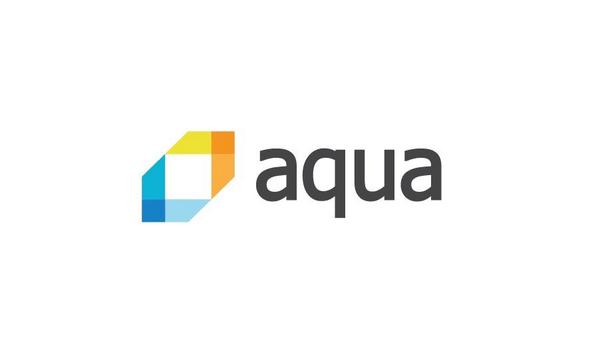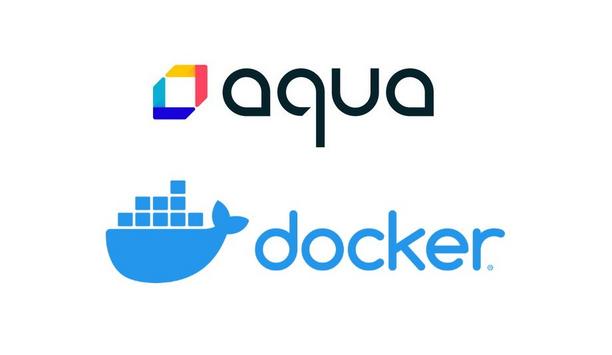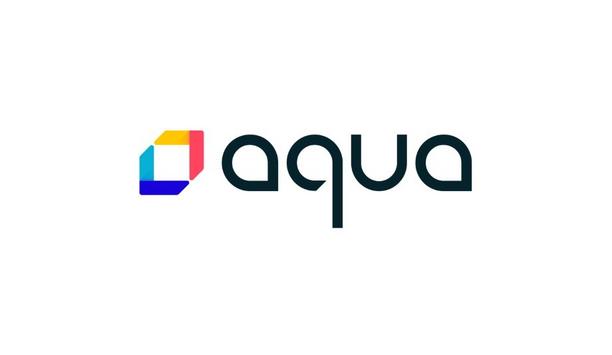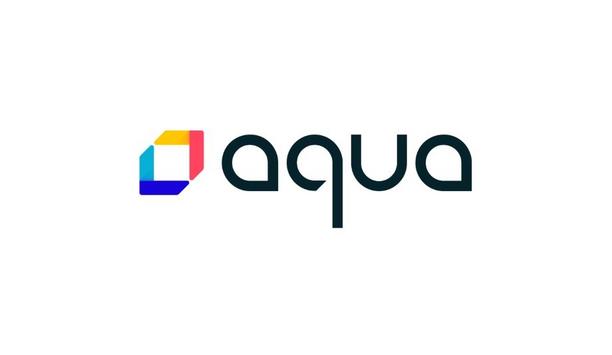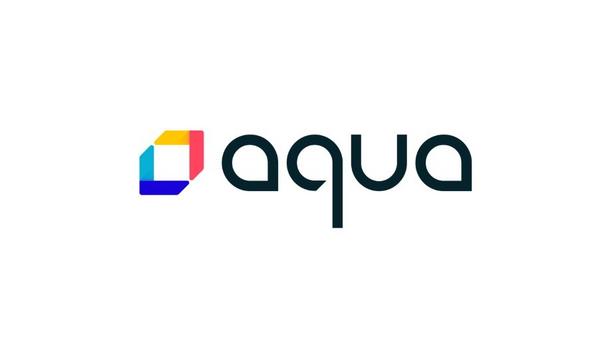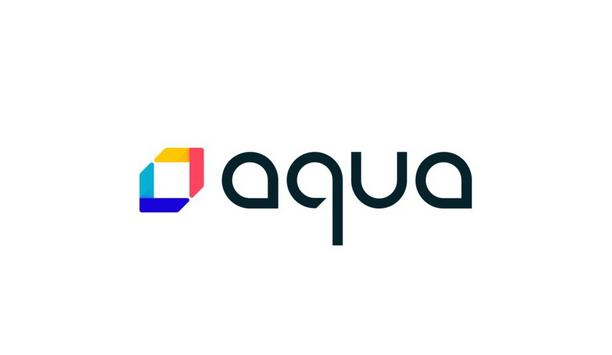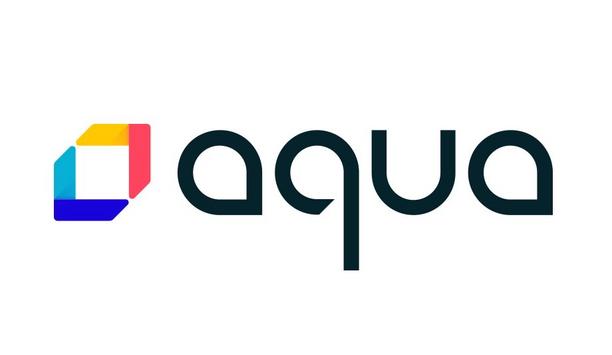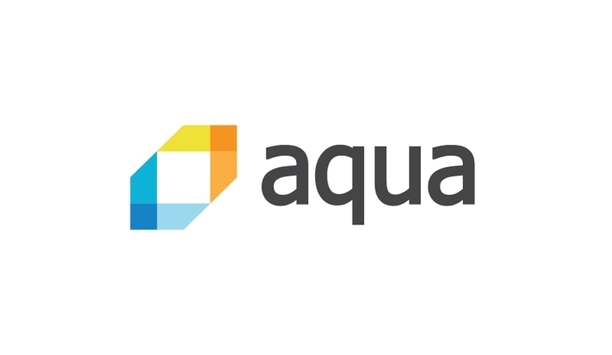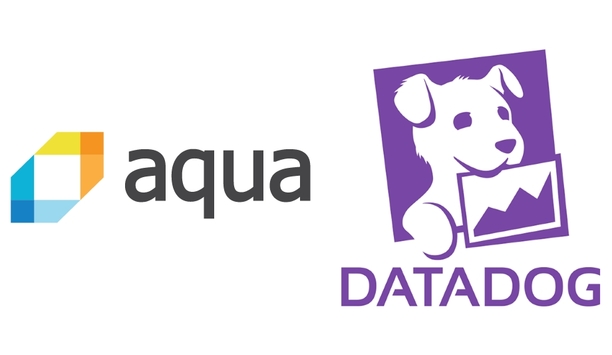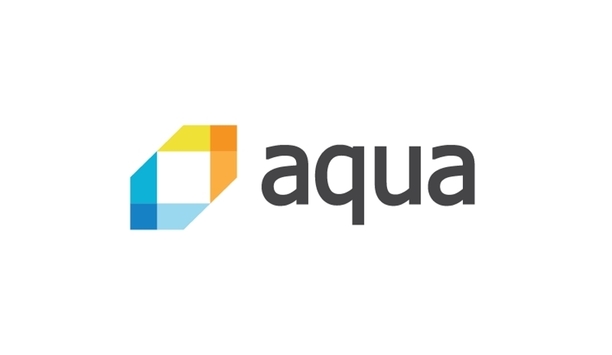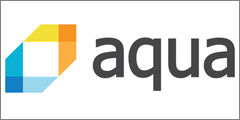Amir Jerbi

Amir Jerbi
Co-Founder and CTO, Aqua Security, Aqua SecurityAmir Jerbi is Co-Founder and CTO of Aqua Security (formerly Scalock). He specializes in enterprise software and has previously worked at CA Technologies.
News mentions
Aqua Security, the pioneer in cloud-native security revealed new research that shows how credentials, API tokens, and passkeys – collectively referred to as secrets – from organizations...
Aqua Security, the pioneer in cloud native security, announced the enhancement of the Aqua Cloud Security Platform with the availability of AI-guided remediation capabilities. Now, overburdened securi...
Aqua Security, the pioneer in cloud-native security announced the launch of Real-Time CSPM, a next-gen cloud security posture management (CSPM) solution, offering the best visibility and context in th...
Aqua Security, the pioneer in cloud native security, announced it added pipeline integrity scanning to prevent software supply chain attacks and assure CI/CD pipeline integrity. Powered by eBPF tech...
Aqua Security, the pure-play cloud-native security provider announced its new Lightning Enforcer to stop zero-day attacks and shield critical vulnerabilities in production until a patch can be applied...
Aqua Security, the pure-play cloud-native security provider announced the launch of out-of-the-box runtime protection with minimal configuration to stop attacks in real-time on running workloads. Pro...
Aqua Security, the pure-play cloud-native security provider announced multiple updates to Aqua Trivy, making it the world’s first unified scanner for cloud-native security. Comprehensive miscon...
Aqua Security, the globally renowned pure-play cloud native security provider, has announced that it has joined the Docker Extensions program, to allow developers to easily check their resources and d...
Aqua Security, the pure-play cloud-native security solutions company, has announced the availability of its new Aqua Platform, with a unified console to ease the journey from scanning and visibility t...
Aqua Security, the pure-play cloud native security provider, announces the acquisition of tfsec, an open source security scanner for Infrastructure as Code (IaC). The acquisition brings an immediate...
Aqua Security, the pure-play cloud native security solutions provider, has announced the appointment of Darkbit Co-Founders, Brad Geesaman and Josh Larsen to the Aqua team. Brad Geesaman will serve a...
Aqua Security, a pure-play cloud native security pioneer, announces that its cloud native security platform now protects containers and Virtual Machine (VM) workloads at runtime on Arm®-powered de...
New Kubernetes security posture management (KSPM) and agentless runtime protection empower organizations to defend K8s-based applications against multiple threats Aqua Security announced a suite of n...
Aqua Security, global security platform provider for securing container-based and cloud native applications, has announced the availability of version 4.0 of the Aqua cloud native security platform, i...
Aqua Security, the platform provider for securing container-based and cloud native applications, announced the integration of its platform with Datadog’s cloud monitoring and analytics platform....
Aqua Security announced that its Aqua Container Security Platform (CSP) has been certified by CIS Benchmarks to compare the configuration status of Kubernetes clusters against the consensus-based best...
Aqua Security, global platform provider for securing container-based and cloud native applications, has announced version 3.5 of its cloud native security platform, which now protects a wide range of...
Aqua Security, the premier platform provider for securing container-based and cloud-native applications, announced version 3.2 of its cloud-native security platform, featuring deep runtime protection...
The Aqua Container Security Platform gives organizations total control over the security and compliance posture of software containers Aqua Security™ (formerly named Scalock)...
